- Details
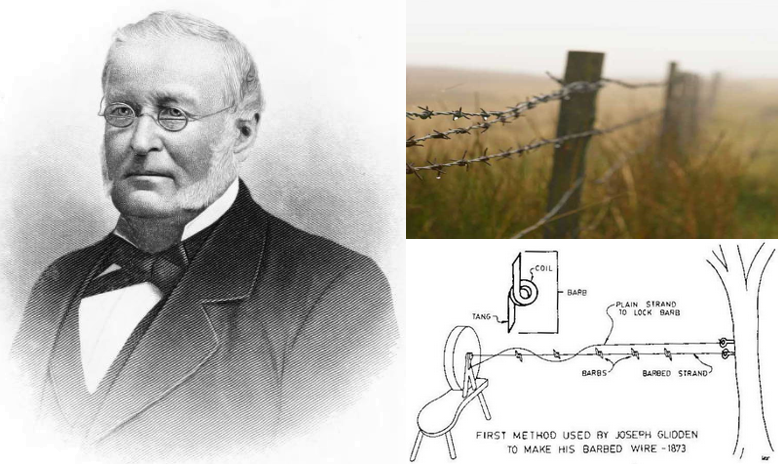
Joseph F. Glidden, from DeKalb, invented the most widely used barbed wire in the nation and patented his idea in 1874. What started out as an idea with his wife’s hairpins, turned into a popular and easy to produce barbed wire design that included two strands of wire twisted together to hold the barbs firmly in place. Previous versions of barbed wire had already existed, but it was Glidden’s design that made barbed wire a commonly used item on farmlands all around the country.
His design helped to forever change the outlook of the American Midwest. The barbed wire was well suited to mass production. Farmers quickly realized Glidden’s wires were the cheapest, strongest and most durable way to fence their property. Wood fencing was very expensive at the time, so Glidden’s wire gave even poorer farmers the capability to protect their farms and grazing herds of sheep and cattle. The large amounts of barbed wire fencing all over the Great Plains virtually brought the open range cattle industry to an end. Gone was the need to drive cattle over miles of unfenced land. Joseph Glidden’s barbed wire changed the farming and herding industries, allowing more people to protect their farms and animals. This was all thanks to the idea of one man and his wife’s hairpins.
- Details
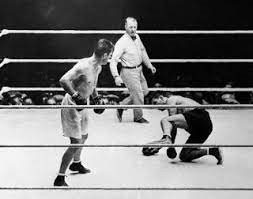 When thinking of boxing, nothing comes to mind more than the classic Rocky Balboa training scene. Everyone feels a sense of victory when Rocky reaches the top of the stairs. But did you know Illinois is home to another classic boxing moment? On September 23, 1927, world heavyweight champion Gene Tunney and former champion Jack Dempsey faced off in a 10-round rematch. Their first match was exactly 364 days prior, where Gene Tunney took the win with a ten round unanimous decision. In 1926 Dempsey had been the popular champion, almost more celebrity than fighter. While Tunney was the underdog, obsessed with beating the champion. Dempsey’s 1926 defeat by Tunney was viewed as a shocking upset.
When thinking of boxing, nothing comes to mind more than the classic Rocky Balboa training scene. Everyone feels a sense of victory when Rocky reaches the top of the stairs. But did you know Illinois is home to another classic boxing moment? On September 23, 1927, world heavyweight champion Gene Tunney and former champion Jack Dempsey faced off in a 10-round rematch. Their first match was exactly 364 days prior, where Gene Tunney took the win with a ten round unanimous decision. In 1926 Dempsey had been the popular champion, almost more celebrity than fighter. While Tunney was the underdog, obsessed with beating the champion. Dempsey’s 1926 defeat by Tunney was viewed as a shocking upset.
The year 1927 was no different. While Tunney had won the year prior, Jack Dempsey was the favorite to win again, with the public heavily betting on him. 104,000 people flooded Soldier Field to witness the historic rematch. The match would be another 10 rounds between the two heavyweight champions. The first 6 rounds passed by as any normal boxing match. In the 7th round, things took a turn. Dempsey hit Tunney with a left hook and clean up combination that sent him down. In boxing, a knockout occurs when the referee reaches a count of ten seconds. For a fleeting moment, the former champion tasted victory again. But then, Tunney got up at the 9 count.
However, it was not a clear come back for Tunney. Fans on either side went wild, as 5 seconds were lost when Dempsey failed to retreat to the “neutral corner” immediately after his hit. The rules stated the referee could not begin his count until Dempsey arrived in this corner. What should have been 14 seconds down, and a knock out, was only 9 official seconds. After he got up, Tunney went on to win the entire match and beat Dempsey for a second time.
What should have been a victory for a formerly defeated champion, turned into a two-year running heavyweight championship for the underdog. The 5 precious seconds lost forever made this fight known in boxing history as the Long Count Fight.
- Details
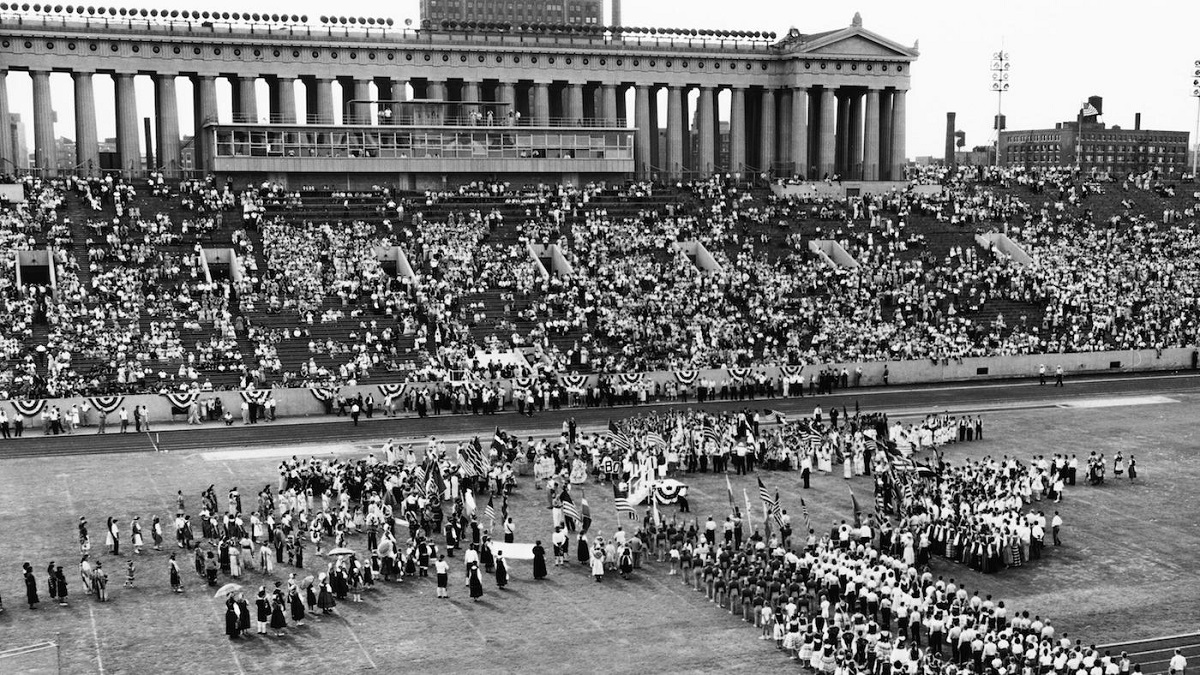 When it comes to sports, the City of Chicago is known for producing and housing some of the most iconic athletes. But did you know that it is home to the third Pan America Games? The Pan American Games, founded in 1932, is an international multisport competition that came to the forefront as a result of representatives of Latin American delegations proposing a regional Games for the Americas, at the 1932 Olympic Games in Los Angeles, California. Due to World War II, the first official games were postponed until Feb. 23, 1951, in which Bueno Aires hosted the inaugural Pan American Games.
When it comes to sports, the City of Chicago is known for producing and housing some of the most iconic athletes. But did you know that it is home to the third Pan America Games? The Pan American Games, founded in 1932, is an international multisport competition that came to the forefront as a result of representatives of Latin American delegations proposing a regional Games for the Americas, at the 1932 Olympic Games in Los Angeles, California. Due to World War II, the first official games were postponed until Feb. 23, 1951, in which Bueno Aires hosted the inaugural Pan American Games.
Fast forward to 1959, the Pan American Sports Organization decided to bring the games to United Stated for the first time in Pan American Games history. After Cleveland, Ohio backed out of the bid to host the Games, Chicago put in a bid and was successful. Not only did the City of Chicago make history as the first American city to host the Games, but this event also shed light on the rich culture the Windy City has. The games went from August 27 to September 7, hosting 2,200 athletes and 25 countries competing in 166 events over the course of 18 sports.
At the time most Chicago residents were more interested in attending a White Sox game, but for the first time the United States were in a position to send an Olympic-caliber team to the Pan American Games, making it exciting for spectators and sports enthusiast in the Midwest. With some of the greatest competitors to date, including tennis legend Althea Gibson, sprinting track star Wilma Rudolph, and future NBA Hall of Famers Jerry West and Oscar Robertson, this was a sight to see. The world’s greatest boxer Muhammed Ali was expected to participate in these games, but at seventeen years old he lost to Amos Johnson in the trials, who went on to win gold.
All in all, Chicago will forever go down in history as the first American city to host the Pan American Games, changing the landscape of the games for American sports fans.
- Details
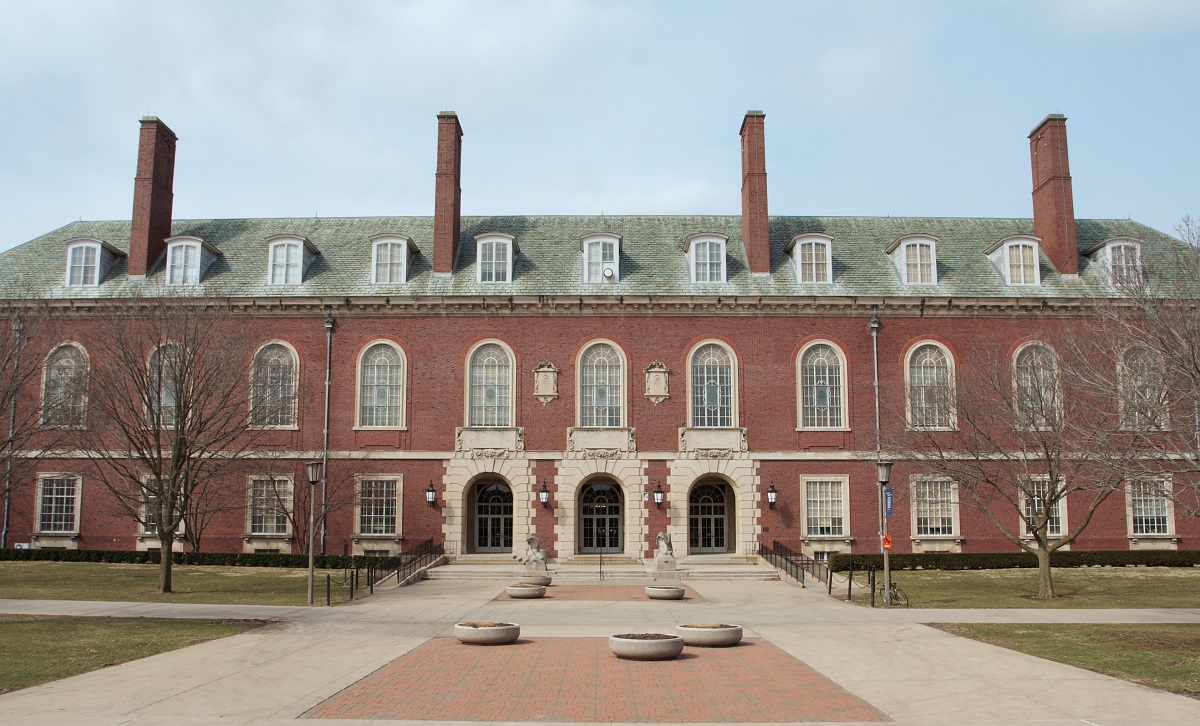 Did you know that Illinois has some of the best colleges and universities in the country? The academic realm in Illinois continues to thrive, as 10 Illinois colleges have been named among the nation’s top schools by the Princeton Review’s “Best 388 Colleges: 2023 Edition.” Illinois is producing some of the world’s biggest and brightest professionals and will continue to do so for years to come thanks, in part, to the number of top colleges across the state.
Did you know that Illinois has some of the best colleges and universities in the country? The academic realm in Illinois continues to thrive, as 10 Illinois colleges have been named among the nation’s top schools by the Princeton Review’s “Best 388 Colleges: 2023 Edition.” Illinois is producing some of the world’s biggest and brightest professionals and will continue to do so for years to come thanks, in part, to the number of top colleges across the state.
The colleges that made the list include Bradley University (Peoria), DePaul University (Chicago), Illinois Institute of Technology (Chicago), Knox College (Galesburg), Lake Forest College (Lake Forest), Loyola University Chicago (Chicago), Northwestern University (Evanston), University of Chicago (Chicago), University of Illinois at Urbana-Champaign (Champaign), and Wheaton College (Wheaton).
As a part of the 31st annual list, the above mentioned colleges were picked based on student surveys that required students to rate their professors, administrators, school services, and other aspects of life at their colleges, while also reporting on their college experience. Over 160,000 student surveys were conducted to accumulate the list of 338 colleges.
Check out Princeton Review’s “Best 388 Colleges: 2023 Edition” here to read more about the top colleges in Illinois.
- Details
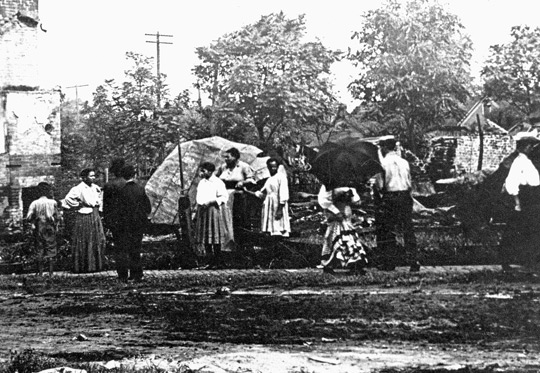 In 1908, Springfield encountered its biggest racially motivated riot changing the landscape of the town forever. More than 100 years later, this historic event is gaining national recognition. The National Park Service is currently conducting a "special resource study" to determine whether the 1908 Springfield Race Riot site meets the criteria to be included in the national park system. Many are not aware that this particular Race Riot is what sparked the NAACP to be founded a year later in 1909, transcending African American heritage forever.
In 1908, Springfield encountered its biggest racially motivated riot changing the landscape of the town forever. More than 100 years later, this historic event is gaining national recognition. The National Park Service is currently conducting a "special resource study" to determine whether the 1908 Springfield Race Riot site meets the criteria to be included in the national park system. Many are not aware that this particular Race Riot is what sparked the NAACP to be founded a year later in 1909, transcending African American heritage forever.
On Aug. 14, 1908, a group of white individuals marched to the Springfield police department with the intent on lynching two incarcerated Black men by the names of George Richardson and Joe James. Upon the mob discovering that the men were taken to another city for protection, chaos erupted leading to the lynching of Scott Burton and William Dunegon. Black-owned businesses and homes were robbed of over $150,000 in property during the riot, as the white mob invaded the African American neighborhoods in hopes of causing more destruction and chaos. Many homes were burned to the ground as a result of racial inequality and injustice. But now the city of Springfield could be remembered for memorializing an event that changed the course of history.
In February 2020, U.S. Senators Tammy Duckworth and Dick Durbin introduced The 1908 Springfield Race Riot National Monument Act, calling for the Race Riot to be a national monument managed by the U.S. National Park Service. In 2022, this measure gained even more national attention. All of the efforts and contributions from the NAACP, government officials and local organizations are what led to NPS conducting the “special resource study.”
On Aug. 10, the NPS hosted a meeting at the Springfield NAACP office explaining the process of becoming nationally recognized, inviting the general public for commentary. Expressing their support to finally get the Race Riot national recognition, members of the community are excited to see forgotten Springfield history preserved and recognized at the highest level.
Public comments are being accepted online now through Sept. 3 to determine whether the Springfield Race Riot of 1908 site located at Madison & 10th Street will be preserved as a national park unit. To provide an online comment, click here.
More Articles …
- Did you know? Shawnee National Forest is home to some of the most exhilarating hiking trails in Illinois.
- Did you know? The famous red Solo Cup originated in Chicago
- Bring in Women’s History Month by Celebrating Chicago Native Gwendolyn Brooks
- Did you know? Little Village Arch is now an official Illinoisan landmark
- Did you know: The classic film, Groundhog Day, was filmed right here in Illinois?





